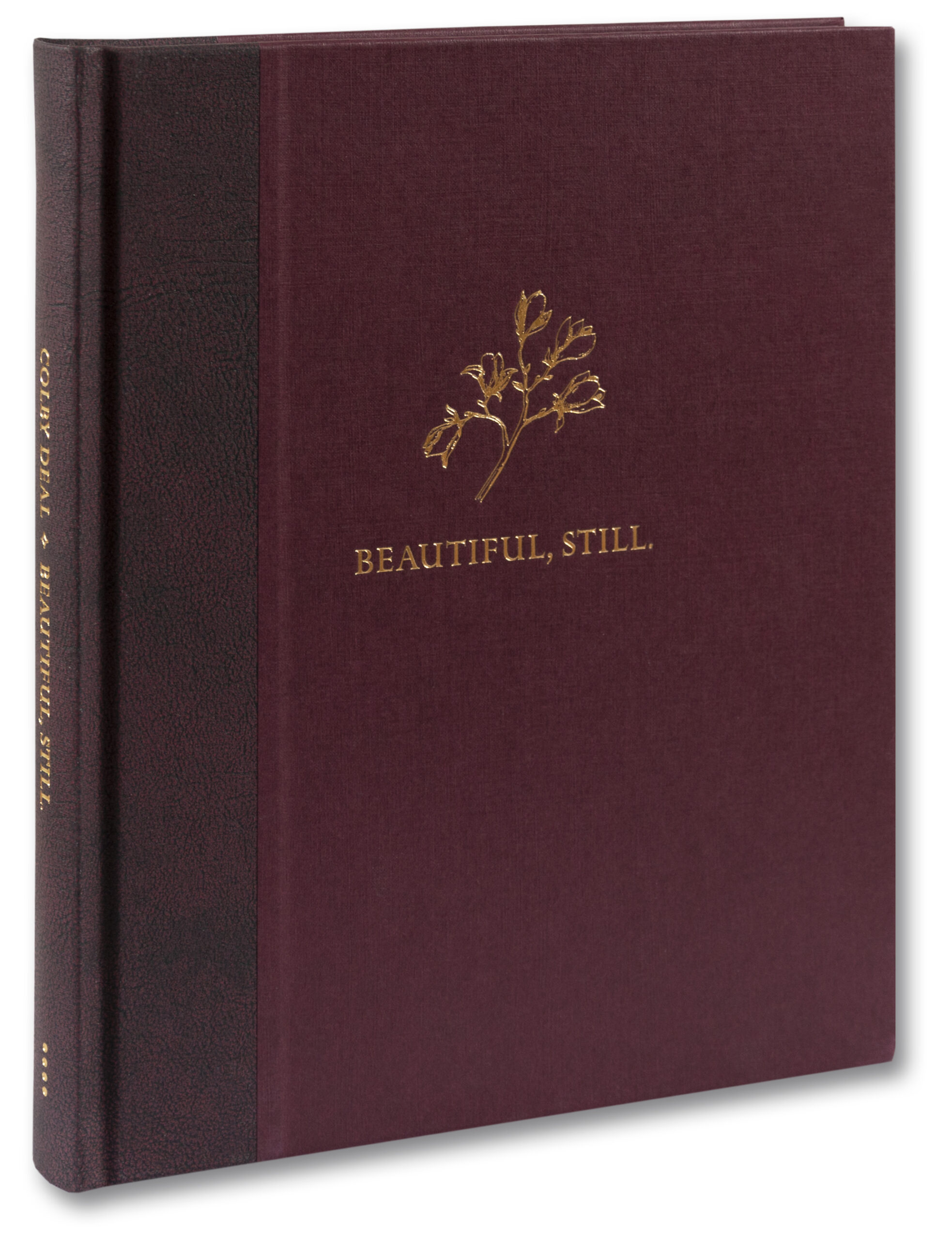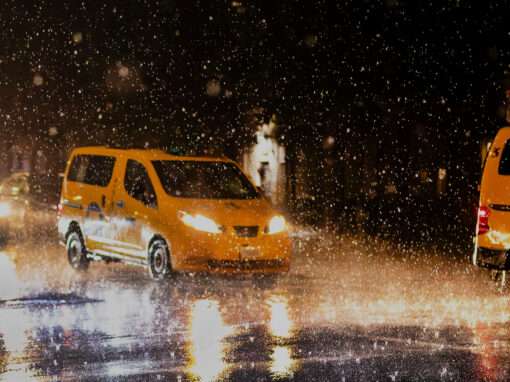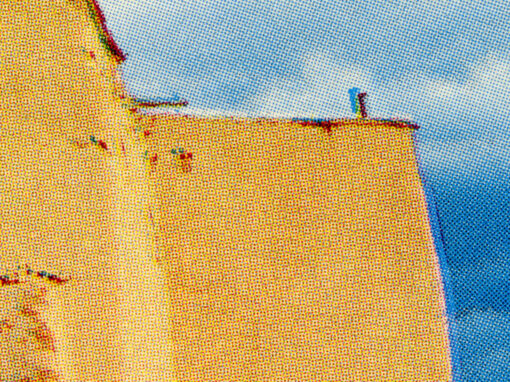I will admit to a special fondness for the documentary photobook.
More deeply than most photojournalism, these books are often insider-looks. Long term looks. Looks that come from a place of knowledge, history and authority. They can be angry as well as loving, because these books know.
“Beautiful, Still.” by Colby Deal
Published by Mack Books, 2022
review by W. Scott Olsen
The documentary photobook is an expose, yes. But they are usually a great deal more. The best have an idea, a thesis, and – if such a thing is possible – a forceful call for understanding and empathy.
The documentary photobook opens the world for me. To be more precise, the documentary photobook opens a way of seeing.
“Beautiful, Still.” a new book by Colby Deal, is a collection of black and white photographs of the Third Ward in Houston. The book is an intimate, insider’s look at community. A particular vision of hope and compassion.

Deal writes, “’Beautiful, Still’ was created to pay homage to the community and people of the Third Ward while preserving cultural characteristics that are rapidly being erased due to gentrification and displacement. It is also a representation of communities alike throughout the nation and around the world.”
According to the book’s press materials, “’Beautiful, Still,’ the first monograph by photographer Colby Deal, documents life in the Third Ward neighborhood of Houston, Texas, where the artist grew up. Deal sets out to provide a visual record of overlooked communities and the cultural characteristics gradually being erased by gentrification through instinctive and intimate black-and-white photographs. The scratches and dust left on the negatives suggest the traces of lived life and the precarity of the social fabrics which they often depict. Deal’s almost conversational tone – the anthesis of media portrayals of the neighborhood – offers a new story about the reductively and oppressively narrativized place, celebrating the agency and freedom that the photographic medium can give.”

The book is an act of preservation. The people and places in the book will not be around for very much longer. But more importantly, the book is an act of witness in the way that the word means both to see and to say. “Beautiful, Still” is both observation and proclamation.
Houston writer Garry Reece gets it right in an Afterword when he writes, “This is, in simple terms, a love letter.”
There are images of weddings, men and women on stoops and small porches, the exteriors of gas stations and storefronts. There are images taken through chain link fences, images taken in fast food restaurants and back yards. There are poised and posed portraits. There are images of blurred children running at play. There are images of a building on fire as well a billboard celebrating recipients of college scholarships.

Many of the images are portraits. Men and women, in their homes or out on the streets, have paused and are looking directly at the camera. Some of the images seems purposeful and arranged. Others appear serendipitous.
The ordinariness of each image is what gives them a nearly transcendent power. There is nothing of affectation here. Nothing of apology or sentimentality, either. A community – by which I mean much more than a neighborhood or town – is multi-layered and complex. It is often contradictory within its own range. The images in “Beautiful, Still” pick up on both the evident and the implied narratives.
Oftentimes with this type of approach, the emphasis is on the gathered series more than the individual photographs. The candid, spur of the moment shot seems relieved of the need for compositional merit. Yet every image in this book works well as a stand-alone. There is an evocation brought to light with the way these images are framed. Soft focus and shadows are compositional elements here, as are the occasional use of scratch marks and blur.
There is a tone to community. There is something beyond what can be seen. This book is tone work. This is what the Third Ward is like as much as what it is.

In the Afterword, Reece writes,
It is not very difficult to categorize these images. They are part documentary, part portraiture, part snapshot and they flourish in that liminal space between individual and communal memory. They are the unrecognized touchstones for a people whose existence has been elided and diminished from the very beginning; a nouveau recovery sans the bones and dusty old jewelry…
Deal speaks on this in his artist statement, which outlines the premise of these photographs as “an attempt at preserving cultural characteristics that are rapidly being erased due to gentrification and critical erasure.” He carries an undying, unalloyed belief in the residents of “The Bottom, along the same lines as Dostoyevsky’s faith in the Russian peasants.

Reece continues,
Photographs act as vehicles of litigation against the slippage of the tightly bound spool of memory. They are the “refresh” buttons of our past period they put form and substance to beings or situations that have “fallen off the wagon” …
These images map the landscape in the best way. They excavate the topography through the people that inhabit the land. These identities, chauvinistic, varied, and blessed in an uneven ways, some squared off, others tattered, raggedy, make up the fabric woven from grit, wit, hope, and prayer that is this third ward. ‘Cause like I said before, it’s about the land, always about the land.
I have been to Houston, but I have not been to the Third Ward. Yet that doesn’t matter. I’m an outsider, which for Deal is one of the points. Look at these lives, he says. Know us. And by extension, know other communities like us. We are troubled in a thousand ways. And yet, we are beautiful, still.

“Beautiful, Still” is a remarkable collection of images that provide access and insight. They are loving, compelling, honest and artful.

A note from FRAMES: if you have a forthcoming or recently published book of photography, please let us know.





Gergely HANDÓ
January 23, 2023 at 01:28
Dear Frames Magazine!
Thank you so much for sharing us this article. Articles like this, forcing me to continue my photo project with some homeless men in the woods.
Again: really inspiring to me. Maybe I’m not on the wrong way when I want to share something with the public. Something that most people look away from. As if the problem doesn’t exist. I think it is my duty as a photographer to show the “B-side” of life.
Sorry, I deviated from the article. Or maybe it just affects me that much? Thank you Frames Magazine, thank you Colby Deal!